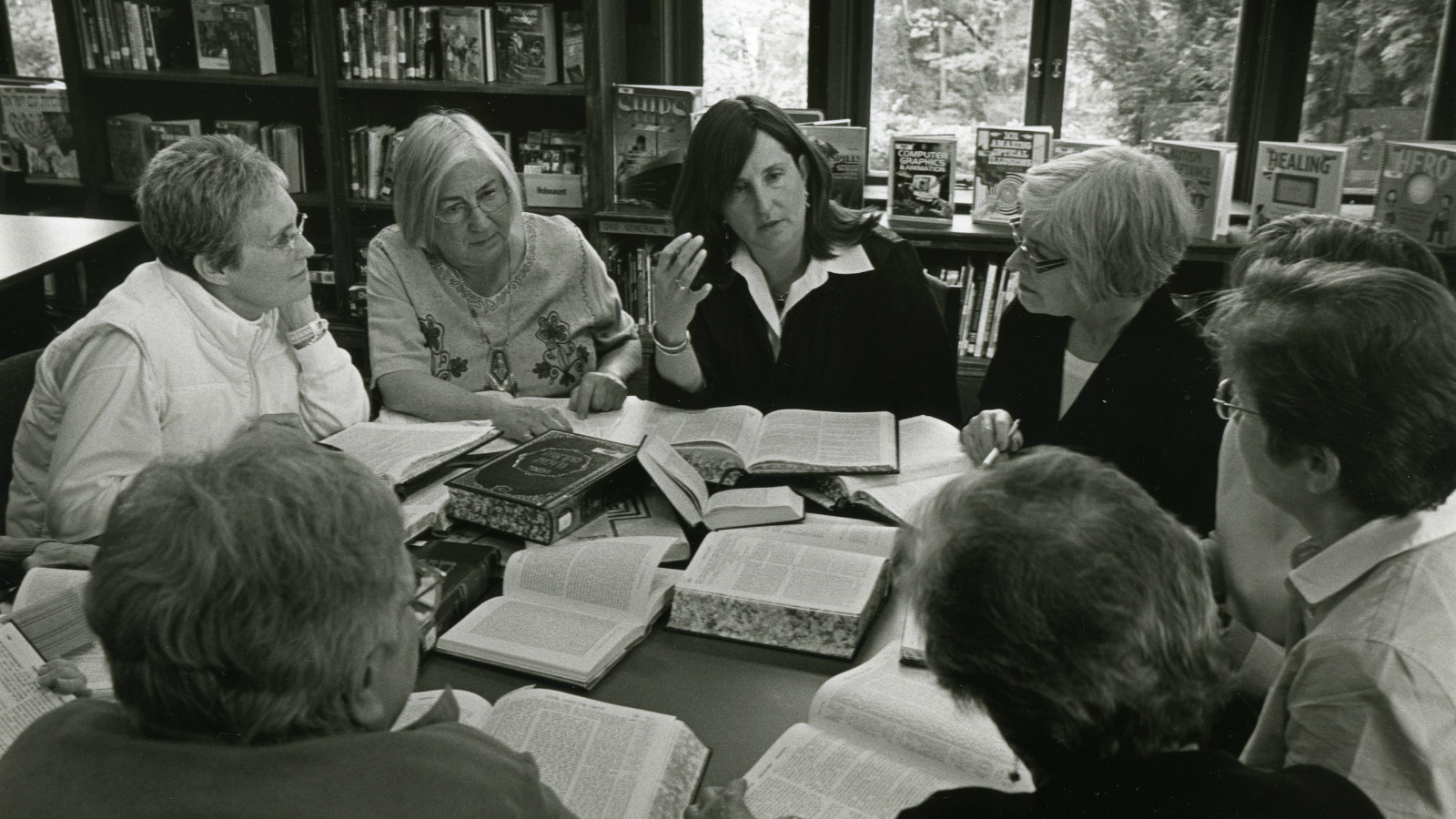Many contemporary Jewish feminists have been sharply critical of the dominant masculine, hierarchical images of God in traditional Jewish texts. This attack has taken two complementary tracks: first, an aggressive program for replacing masculine pronouns for God with gender‑neutral or even explicitly feminine forms. God is now referred to as “She,” as “She/He,” as S/he,” by alternating “He” and “She” in different paragraphs, or by simply avoiding the use of any personal pronoun for God. Hebrew second‑person pronouns for God, which differ depending on whether one is addressing a male or a female (atah for a man, at for a woman), are also changed.
The second, more radical strategy is to search for metaphors for God that are perceived to be more explicitly feminine. One of the more popular is Mekor HaChayim, God is “the fountain of life” or “the source of life.” Implicit in this image is the notion of God birthing the world. More radical metaphors reflect the sense of God as Goddess. Judith Plaskow captures the thrust of these new metaphors. They manifest “a sense of fluidity, movement, and multiplicity, [a] daring interweaving of women’s experiences with Jewish, Native American, and Goddess imagery that leaves the reader/hearer with an expanded sense of what is possible in speaking of/to God.” (Judith Plaskow, Standing Again at Sinai, pp. 141-142)
Plaskow acknowledges that God is neither male nor female, but insists that symbols of this kind must be taken seriously, though not literally. She defends the radical feminization of God metaphors.
“The Goddess is, of course, God/She, but in a clearer and more powerful way. Not simply a feminine reworking of the masculine deity but an ancient power in her own right, she gathers to her all the qualities and prerogatives of the goddesses of many names. She is Asherah, Ishtar, Isis, Afrekete, Oyo, Ezuli, Mary, and Shekhina. She is lover, creator, warrior, grantor of fertility, lawgiver, maiden, mother, and crone.” (Plaskow, p. 146)

Help us keep Jewish knowledge accessible to millions of people around the world.
Your donation to My Jewish Learning fuels endless journeys of Jewish discovery. With your help, My Jewish Learning can continue to provide nonstop opportunities for learning, connection and growth.
Not surprisingly, more traditionalist readers have labeled all of these proposals simple paganism.
The core of the feminist critique is the conviction that the issue is not simply one of language. The language we use reflects and in turn shapes the way we construct our experience of the world. Plaskow acknowledges that all of these images of God are humanly crafted metaphors, but our metaphors emerge out of specific cultural and political contexts. When these contexts change, the old metaphors must change with them.
Metaphors for God that might once have been compelling despite, or because of, their political resonance not only have lost their immediacy and power, but have become morally suspect and disturbing. Especially those images of God drawn from political and family life have changed in their associations and meanings with changes in and new perspectives on the family and political order. Once images become socially, politically, or morally inadequate, however, they are also religiously inadequate. Instead of pointing to and evoking the reality of God, they block the possibility of religious experience. (Plaskow, pp. 135-136)
Plaskow’s conclusion bears on the broad assumptions of the entire study of the Jewish God. All our metaphors for God are designed to facilitate our experience of God, to reveal God, to open our eyes. They work like a pair of spectacles. A student once suggested the analogy of The Wizard of Oz, where Dorothy has to don a pair of spectacles in order to see the city of Oz. Sometimes, however, after a change in cultural conditions, instead of revealing, the metaphors blind. That can apply across the board. Some have suggested, for example, that the metaphor of God as King or Sovereign that pervades the High Holiday liturgy no longer works for people who don’t live under a monarchy.
That’s precisely the complaint of Jewish feminists. They reject both metaphors, the king metaphor because of its hierarchical associations, and the paternal metaphor because it excludes their distinctive female experience. The world has changed, and so must our divine images. The entire issue is still very much a work in progress. Prayer books from the more liberal wings of the religious community have incorporated the less radical process of substituting gender‑neutral God language. More radically feminist prayer books have replaced the male metaphors with feminine ones.
Reprinted with permission from The Way Into: Encountering God in Judaism, published by Jewish Lights.



